On a blustery November day, in choppy waters somewhere off the western shore of the Island, Capt. Otto Osmers winched in his first conch pot of the day. It was a disappointing haul: only one conch was a keeper. He tossed it in the tote. Its shell was a splotchy orange-pink and the spiral at the top of its head was perfect. Once the conch had a few minutes to settle, it began to explore the environment, its gelatinous body oozing outward.
“They’re such a weird animal,” said Mr. Osmers. “You’d think that, since they’re just a snail, they’d be easier to figure out.”
At 22, Mr. Osmers is one of the youngest captains on Island, having saved up his teenage shellfishing earnings to purchase his uncle Tom Osmers’s old boat, A. D. Thor. When the weather is good during the active spring and fall conch season, he might spend all day on the water, pulling up conch pots, sorting out catches and refilling the mesh bait bags with chunks of horseshoe crab and herring.
For years, conch’s reputation was that of a nuisance predator, with a nasty habit of hunting scallops and clams. Fishermen were even given a bounty to kill the creatures and destroy their eggs. That all changed in the 1970s, when a downturn in lobstering led fishermen to search for new fisheries.
Soon after, conch became the most sought-after catch in Vineyard waters, the on-average leader in both profit and poundage for fishermen, according to data from the Martha’s Vineyard Fisherman’s Preservation Trust. At its peak in 2011, 1.4 million pounds of conch were harvested in Dukes County, with a monetary value of over $3 million. In 2020 that take was 300,000 pounds, with a value of over $1 million.
Recent years have seen a lag, though. For the first time in recent memory, conch prices did not rise in 2022, due, in part, to the particular conditions of the conch market.
Very little of the conch caught on the Vineyard is actually sold here. Instead, the vast majority of the catch is purchased by a single company, Ocean C Star, that operates out of New Bedford. Ocean C Star, in turn, exports the catch to China. The reliability of that market, however, has faltered as supply chain issues have made it difficult to ship. There is little appetite for conch in New England, and so the frozen conch sits at port.
“I’d love to have it be more domestic,” Mr. Osmers said. “Doesn’t it make more sense to keep what we have?”
Dr. Shelly Edmundson agrees. Ms. Edmundson has a Ph.D. in conch, or channeled whelk as she refers to the species, and is the executive director of the Fishermen’s Preservation Trust.
“It would be great if people were more curious about tasting whelk here…It would be fun for the fishermen,” she said. “Maybe there could be a big craze.”
Ms. Edmundson said she first encountered channeled whelk at a 2010 meeting of the Dukes County Fishermen’s Association, a forerunner to the Fishermen’s Preservation Trust. Back then, she said, many conchers were concerned about the now-cancelled Cape Wind Project, planned to be built in Nantucket Sound, a major conch fishery. The controversy sparked her interest in the species and led to her Vineyard Vision Fellowship to get a Ph.D. in whelk research.
“I soon learned that there was very little work done on them,” she said.
“I found it so intriguing,” she continued. “It’s our largest fishery but there are so many management gaps,” she said. “It’s a little bit of a question mark. There aren’t any other snail fisheries in the state.”
In recent decades, however, some of the gaps have begun to fill in — with major implications for how conch fishermen operate on-Island. In the 1980s, when Mr. Osmers’s father Chris was conching, there were few restrictions: fishermen could bring in any size catch. As knowledge about the fishery increased, regulations were imposed. Each fisherman is now limited to 200 traps and can only keep conch with a width above three-and-an-eighth inches. The size limit is scheduled to increase every two years but so far fishermen’s advocacy groups have successfully lobbied for a delay.
Even with these restrictions, Ms. Edmundson said, the fishery doesn’t appear to have reached an equilibrium. A conch-stock assessment in 2018 undertaken by the Department of Marine Fisheries indicated overfishing. This might be because of the species’ sexual dimorphism, with generally larger females more likely to pass the bar to be caught and sold.
Back on the A. D. Thorn, Mr. Osmers hooked a length of bright green rope into the well-worn metal winch on the side of his boat. Up came another conch pot, this one wooden, the first of five attatched to the rope. It was a much better haul than the first one.
“People always say that the wood helps them climb into the pot better,” Mr. Osmers said, by way of explaining the difference.
A few gray gulls, hungrier now that tourists in Menemsha have cleared out for the season, landed on the back of the boat, eyeing the smelly bait.
While size restrictions have made it harder for fishermen to bring in as many conch, Mr. Osmers said, the larger required sized have historically raised conch’s price per pound on the market, since larger conchs have a better meat to shell ratio. The real issue, he said, is the total dependence on the export market. Still, he admits that conch is far from his favorite seafood.
Chef Deon Thomas, who operates Chef Deon’s Kitchen out of the VFW in Oak Bluffs, is one of the few locals who makes use of the catch, as he wrote in his cookbook, Conch Cookery. Growing up in Jamaica, Mr. Thomas became well acquainted with the queen conch, a large southern relative to the channeled whelk, whose herbivorous lifestyle lends it a different flavor.
“But nonetheless,” Mr. Thomas said in a recent interview with the Gazette, “we deem it a conch.”
Mr. Thomas believes improper cooking methods, especially in-shell boiling, have soured many would-be conch eaters to the ingredient.
“Boiling it in house is the biggest mistake,” he said. “It hardens the muscle and if you cook it with the guts, there’s gonna be a flavor.”
Instead, he recommends flash freezing the conch, after which you can separate the tenders — great seared in garlic butter — and the tougher bits, which are better for soup or fritters.
“If you like the calamari and you like the scallop, you’ll like the whelk,” he said. “It’s for the distinguished palate.”
But for now, the conch market on-Island remains quite small. Most of the local energy is focused on gaining a deeper understanding of the species. Ms. Edmundson said the Trust is developing a method for fishermen to contribute data to their research to gain a fuller picture of whelk movements and behavior. They are also testing alternative conch baits, like invasive green crabs.
And as the conch season tapers off for the year, Mr. Osmers stays focused on the day to day. The A. D. Thorn needs repairs and his uncle’s shorter stature means he still has to renovate the roof to better suit its new, six-foot tall owner.
While traveling between trap locations, Mr. Osmers sorted out his catch, sliding each snail into the square, aluminum taco shell that measures regulation-sized conch.
“It’s tough to make a dollar stick,” he said, commiserating about the precarious life of a fisherman.

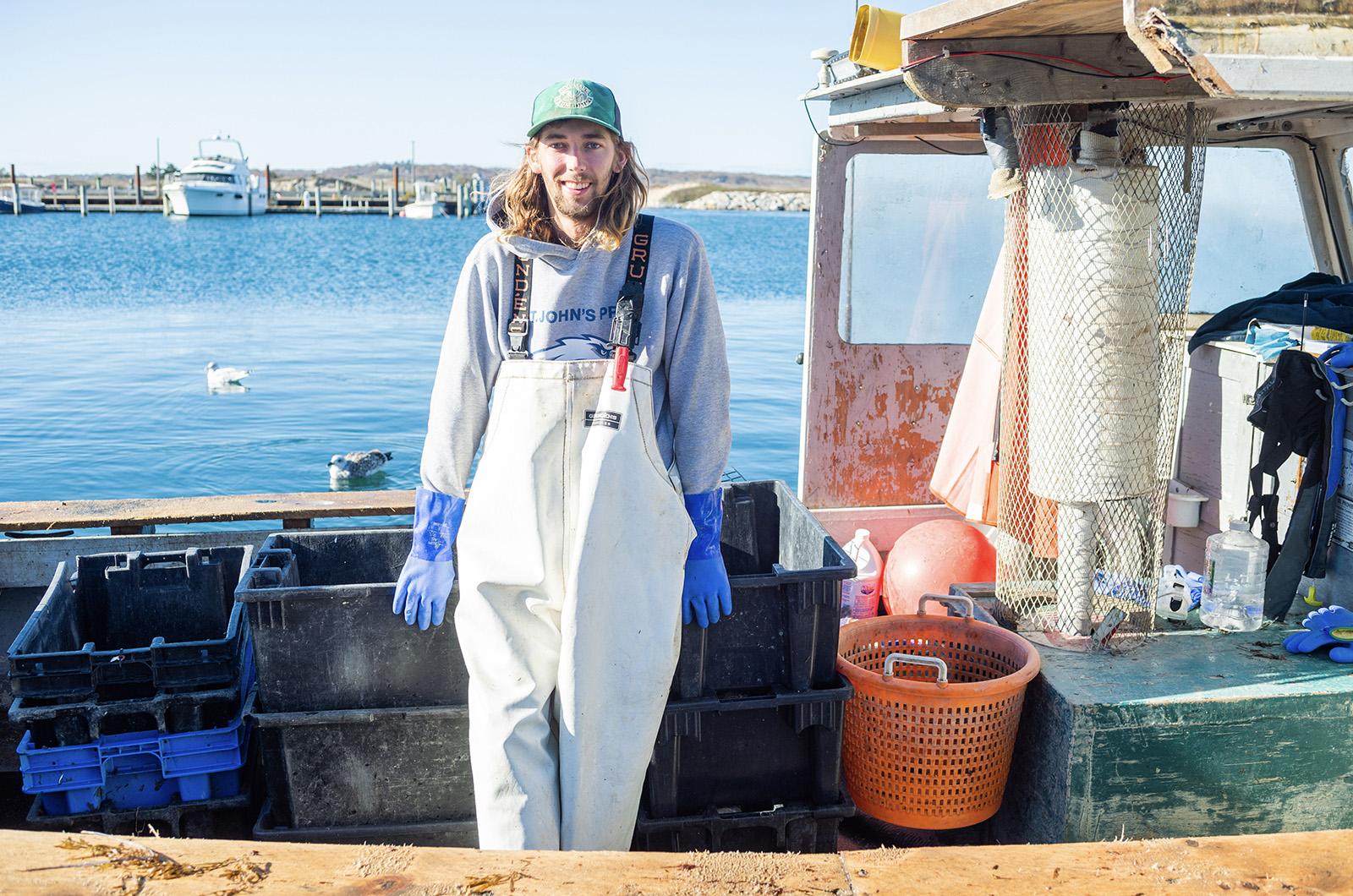
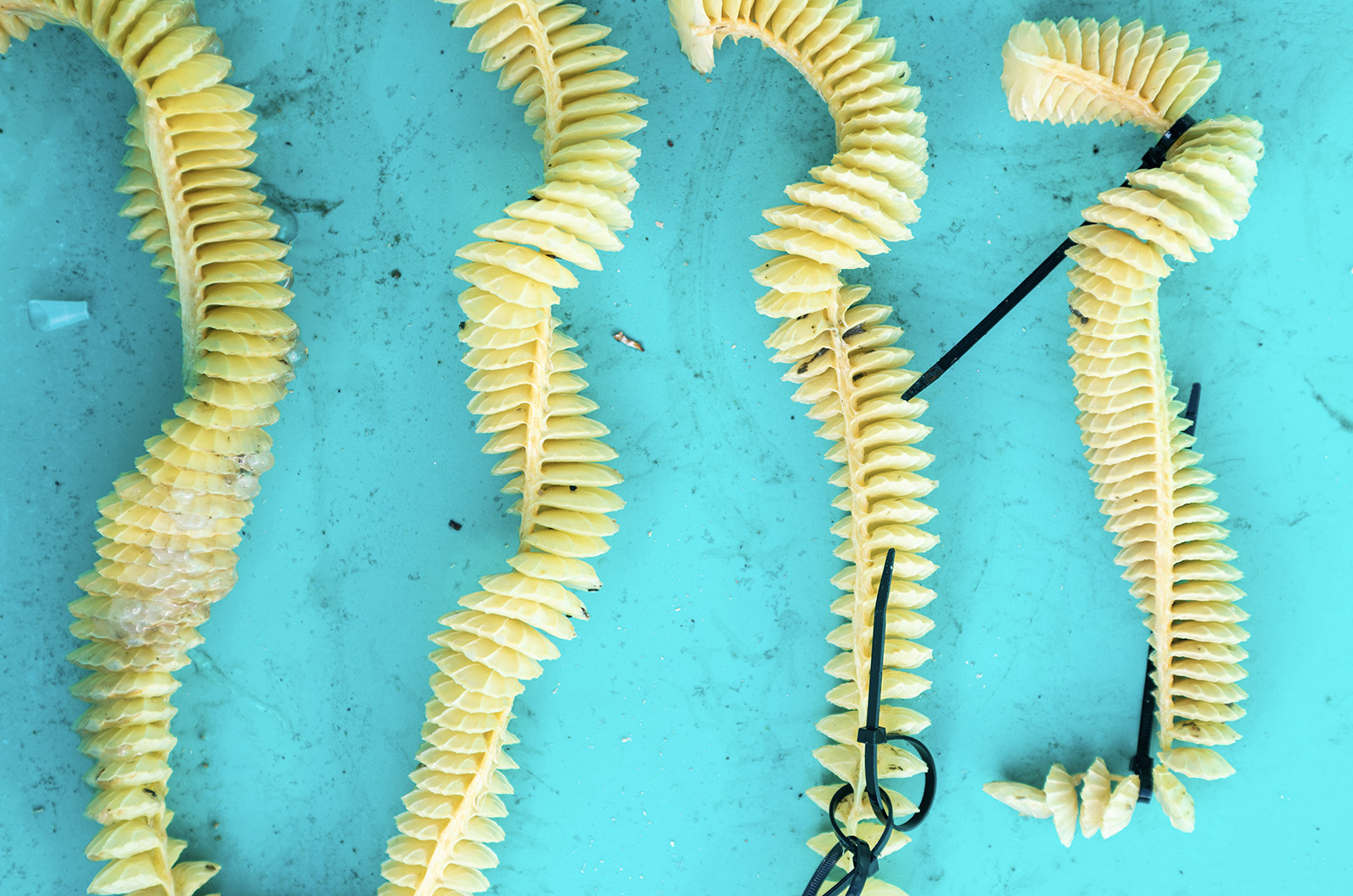
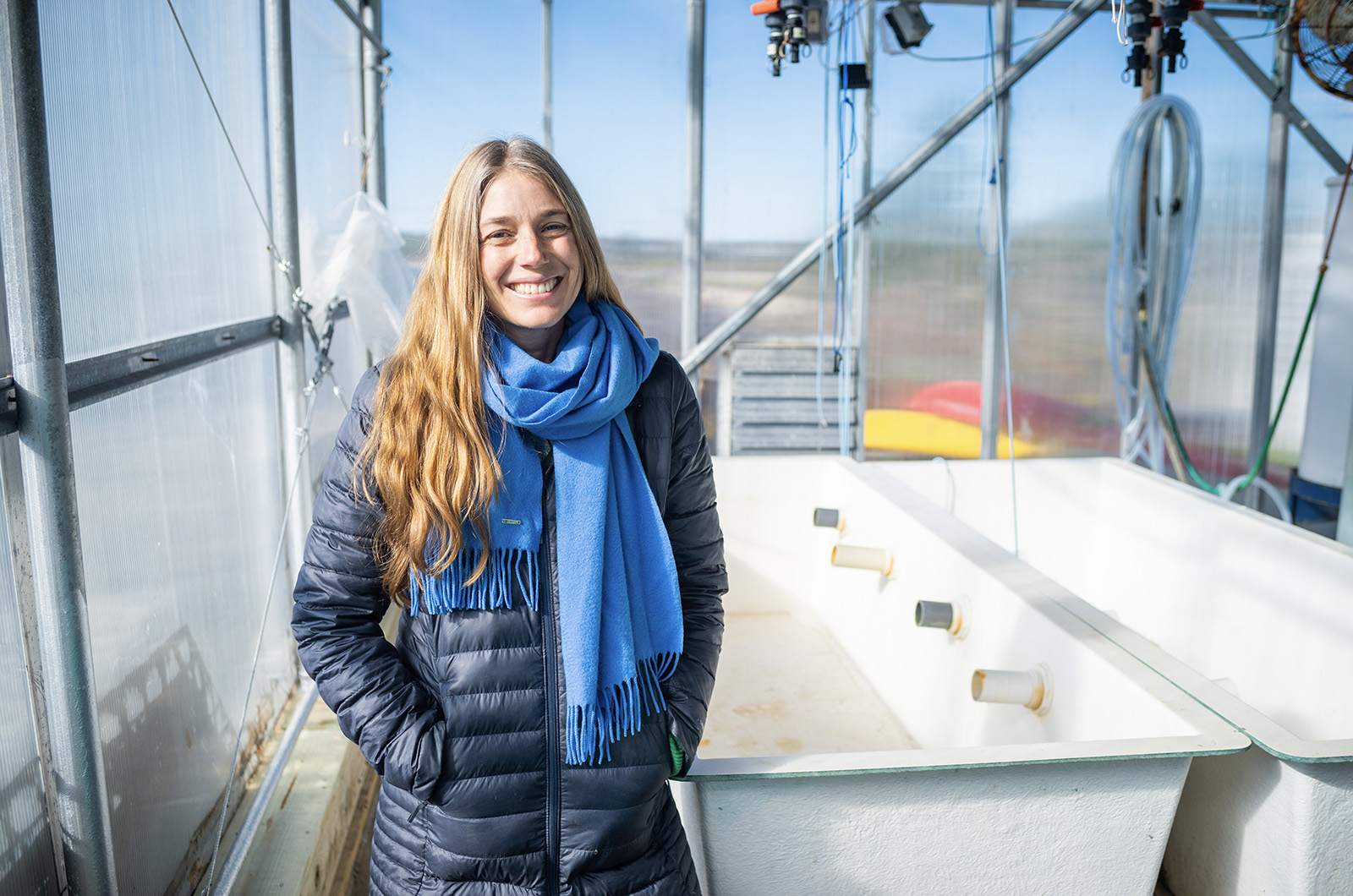
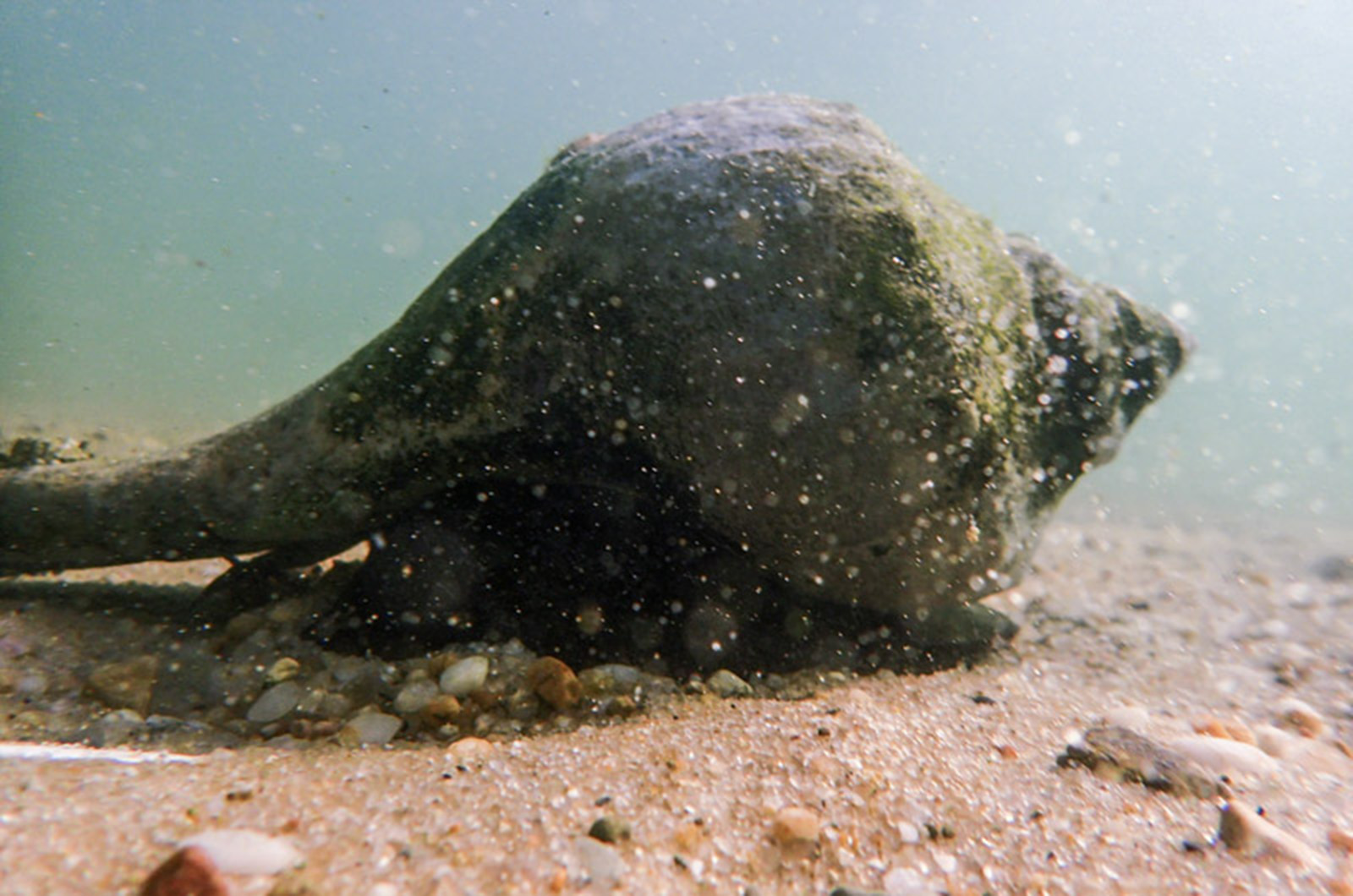
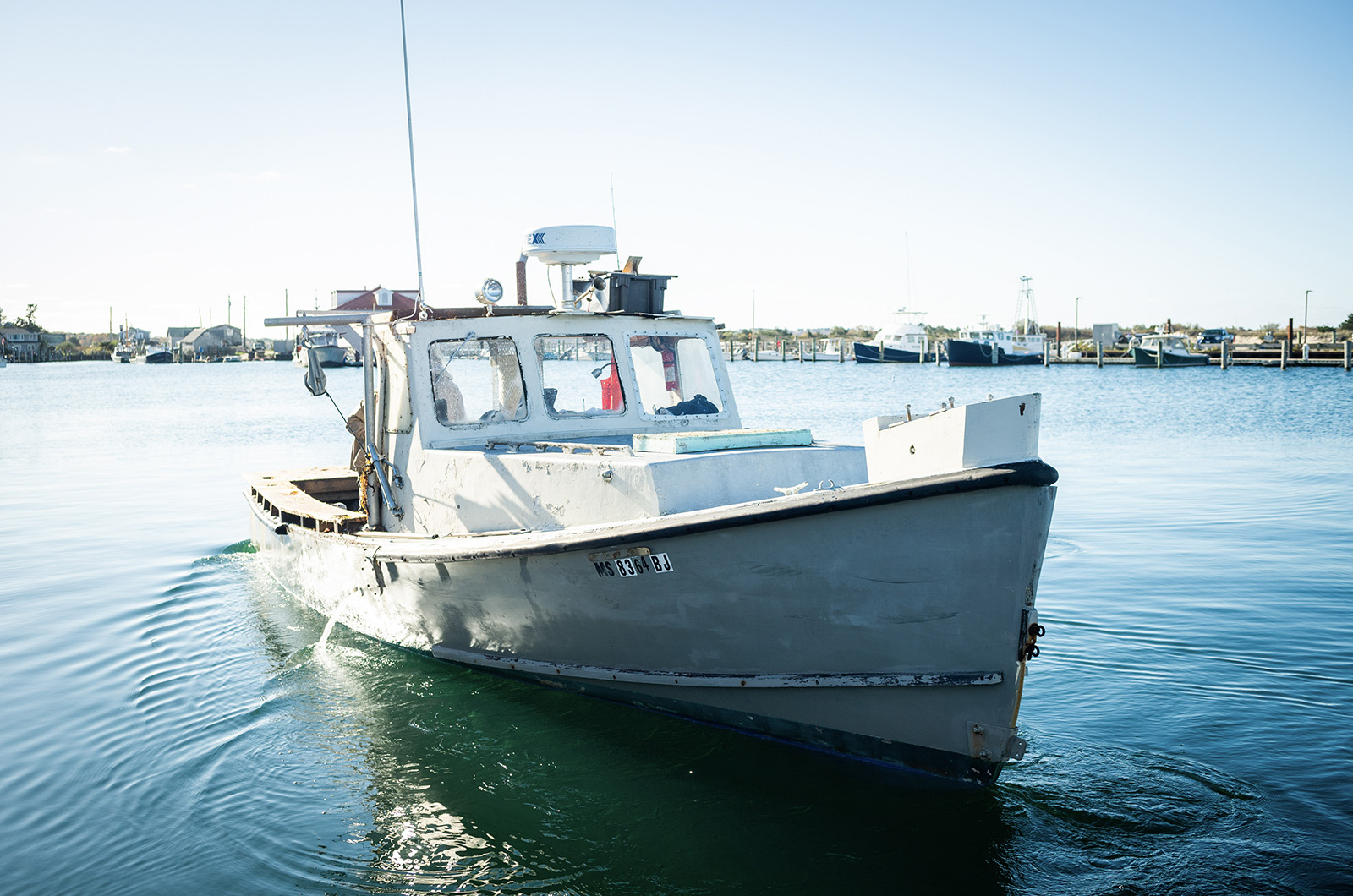




Comments (4)
Comments
Comment policy »